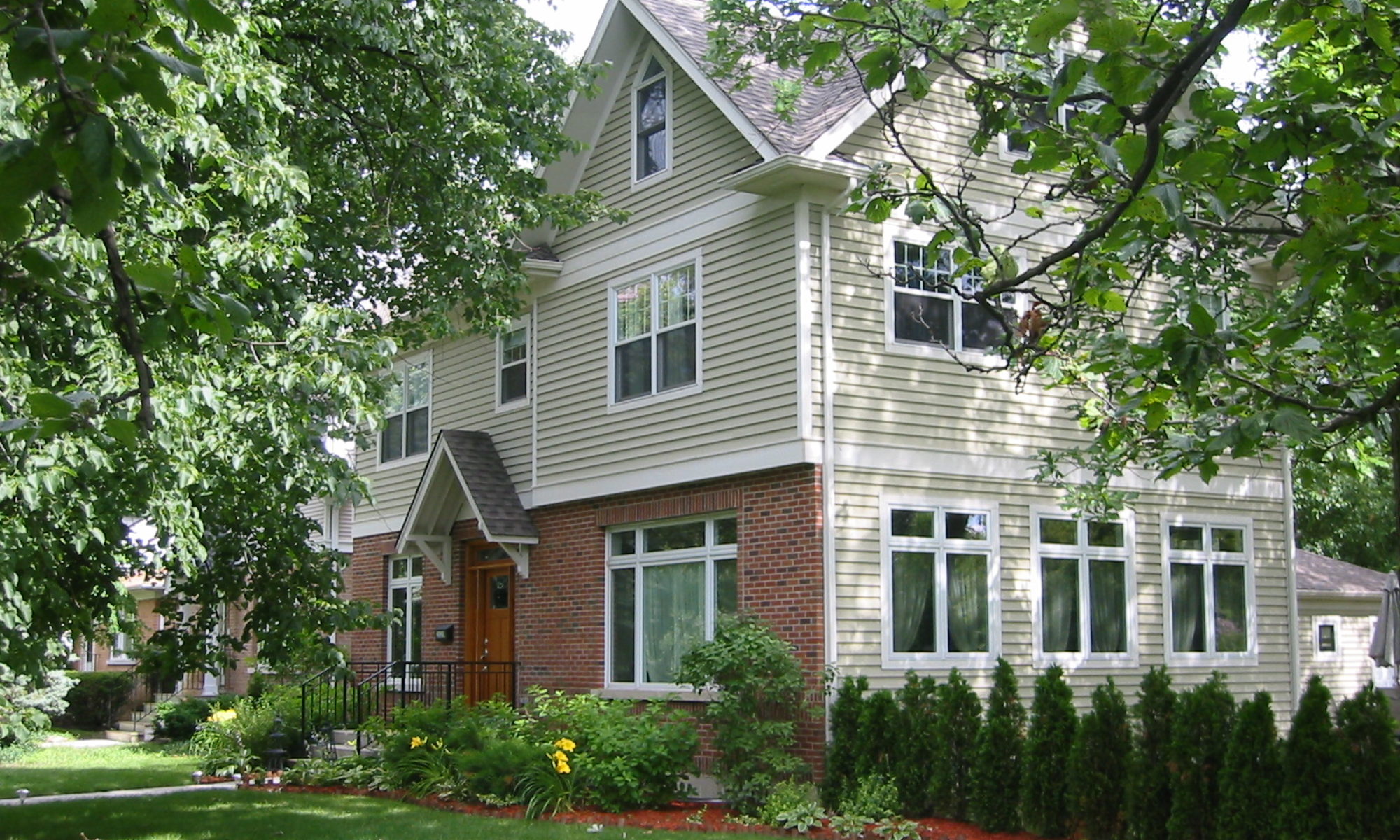Perhaps you have been thinking about creating an energy efficient house. Maybe you would like to take advantage of everlasting, sustainable energy sources such as wind, solar and geothermal. And maybe you would like to reduce your energy bills and the impact on the environment. Where do you begin? What are the general planning guidelines to set the design specifications for the house?
One consideration is what level of energy savings do you want to achieve? Do you want to be fully independent of the utility companies? This level is termed Net Zero. The house is capable of attaining all the heating, cooling, electrical, water and sewage disposal through its building systems. This can be achieved by a combination of super insulating and air sealing the building envelope, utilization of passive solar design, solar hot water heating, solar electrical generation through photovoltaic panels, potential use of a geothermal heating and cooling system, a well pump for domestic water, rainwater harvesting, a septic field for the sanitary sewer, to name some of the possible solutions.
Some of the systems, such as the well and septic system may only be applicable to a green field site in a rural setting. The cost of some of the systems, such as the photovoltaic system or the geothermal system may not have a good lifecycle cost payback at the present time. Evaluating the pros and cons and the sustainability of each application can provide the basis for selecting various sustainability approaches.
Another consideration is whether you want to achieve carbon neutrality. This looks at the carbon emission that is created in every step of the building and operation of the house, and how that can be reduced. For example, how far did the materials used in the house have to be transported to your site? Longer creates more carbon output. Or how much energy was required to produce a material or resource? Production of cement, for example, produces a lot of carbon emission. From a sustainability standpoint, these factors may guide the choice of materials and systems.
The size of the house is a factor since the greater the square footage, the greater the energy required to heat and cool the house. Close proximity to your workplace and the availability of mass transportation is also desirable to reduce the use of fossil fuels.
For some, health concerns are an issue, especially regarding indoor air quality. In this case the choice of materials that minimize the release of volatile organic compounds and the use of air cleaning and filtration systems to reduce allergens are important considerations.
Another up front consideration is whether to pursue certification from one of the “green” rating agencies. You may have heard of various certification levels such as LEED silver or gold. Certification provides a means of verification that the house is built to a defined level of energy efficient performance and measurement of the house’s energy systems performance. It is important to be able to measure how much energy the house is using to verify you are saving energy and are getting a return on your investment in sustainable building systems. You may also want to know if you are reducing your carbon footprint.
The primary rating agencies are the local building department by the way of the building code requirements, The NAHB (National Association of Homebuilders) National Green Building Standard, the US EPA (Environmental Protection Agency) Energy Star Standards, and the US Green Building Council LEED (Leadership in Energy and Environmental Design) for Homes. The building department requirements are mandatory. The others are voluntary, and the level to be achieved is determined by the client. To attain formal written certification, the design and construction process is monitored and certified by the chosen rating agency. It requires a fee and series of submittals by the building team, and inspections by independent third party raters.
As you can see, deciding how green to go involves a number of choices. There are specific requirements which must be met and various options from which to choose. Determining the most appropriate desired outcome, especially regarding something as personal as your house, will require a weighing of the rational with the emotional considerations each choice presents.
In upcoming articles I will present options for various systems in a house I am designing in the Chicago area. I will go over the available options and outline the reasons I recommend a particular selection.
Ron

